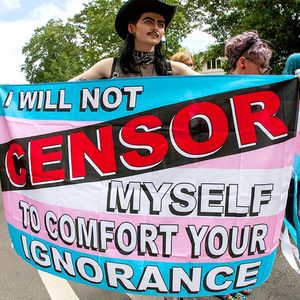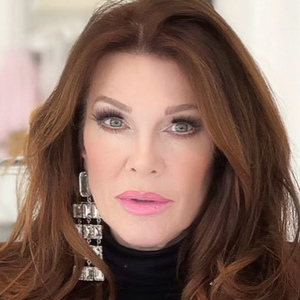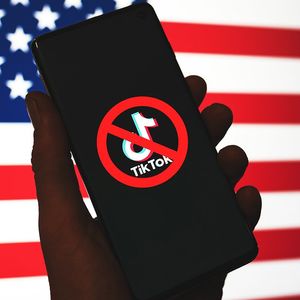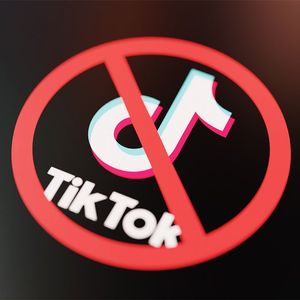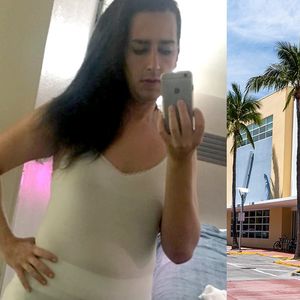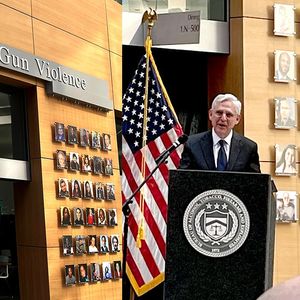It’s time for us as a nation to rise up, and be real with ourselves. We are not doing enough to help the increasing rates of black HIV-positive men who have sex with men. If you don’t believe me, look at the data.
Last February, the Centers for Disease Control and Prevention released a report predicting that one out of every two gay or bisexual black man will become HIV-positive in their lifetime. That is, if we don’t try and stop it.
Even for those who do become HIV-positive, black MSM still have lower rates of antiretroviral use.
“Blacks continue to be less likely to be prescribed [antiretroviral] treatment,” authors of a report published in the Journal of Infectious Diseases wrote, noting that the difference in ART use “persisted even after controlling for other predictors of lower access, namely, less education, lower income and lack of health insurance.”
Researchers found that the proportion of newly diagnosed HIV-positive men in the U.S. who started ART because of proper access to care increased between 2008 and 2014, however those rates were 9 percent lower among black MSM compared to white MSM.
Why the disparity?
“The issues involved are often as much societal as medical, as with access to housing and education, employment and adequate income, substance use and mental health services, and other social determinants of health,” the authors conclude. “How health systems can be improved and linked to communities of need without addressing these overarching issues remains a massive challenge for investigators and implementers alike.”
Discrimination, poverty, stigma, and a lack of access to healthcare affect the overwhelming number of newly diagnosed black MSM — which consist of 45 percent of all HIV diagnoses, according to the CDC.
For the study, researchers reviewed 1,144 adult MSM in 2008, which increased to 1,228 in 2011 and 1,716 in 2014. Participants were recruited from centers in 20 American cities, where particular data was collected, including age, education level, health insurance, region, and race.
As reported by AIDS Map, the proportion of people linked to care within three months of diagnosis increased from 79% in 2008 to 87% in 2014. However, linkage to care was more likely among people with higher levels of education and health insurance. In all years, higher rates of ART use were observed among white people, older age groups, better educated MSM and those with insurance. There were also regional disparities, with people in Southern states having the lowest level of ART use.
Authors of the study also noted that men who live in the South were less likely to be insured because fewer Southern states had expanded Medicaid coverage under the Affordable Care Act.
After looking at the numbers, researchers also said that understanding the racial differences in ART should be the next research priority, concluding that innovate programs and community outreach is highly suggested to bridge the gap.














































